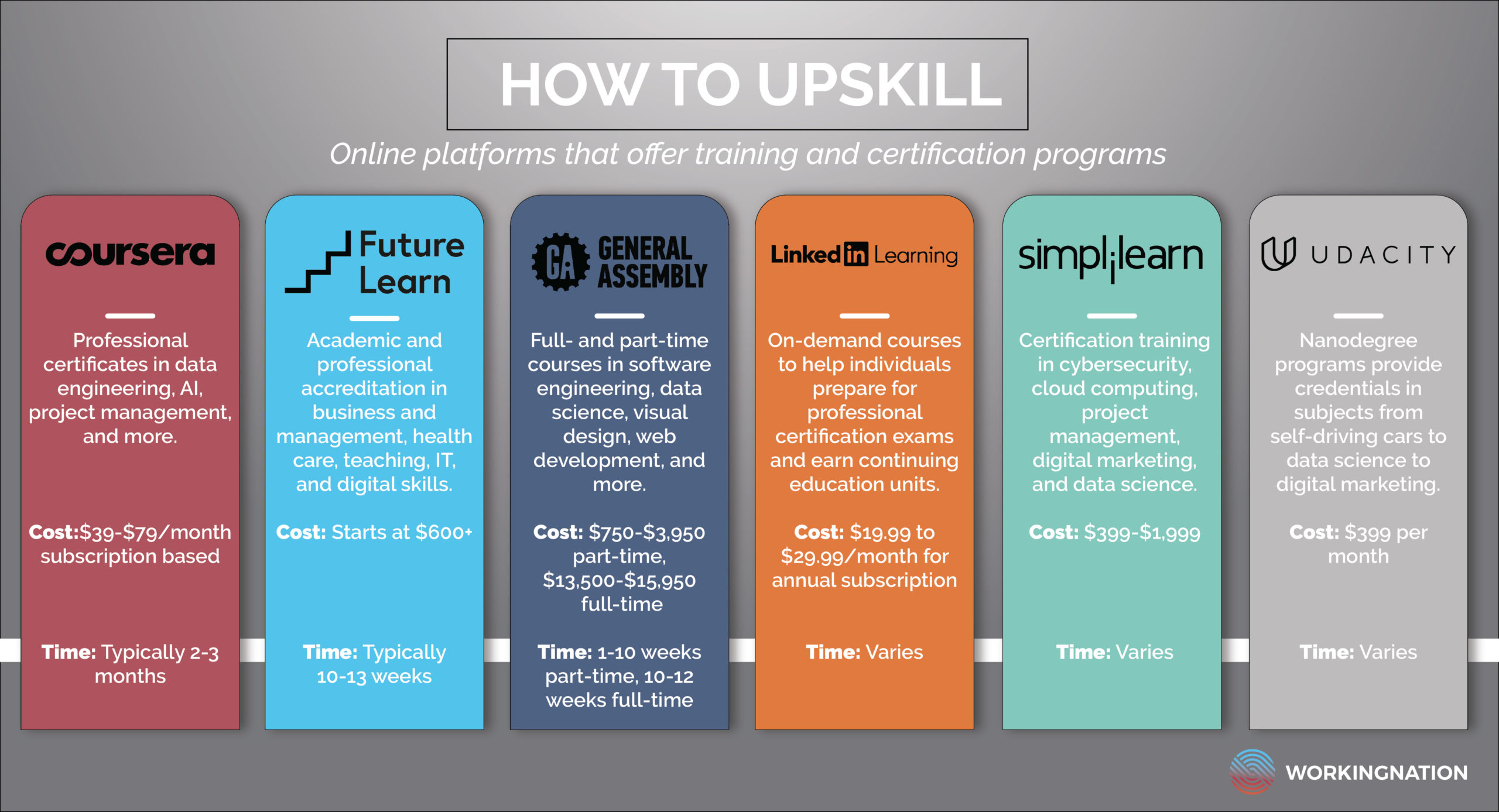With stay-at-home orders shuttering physical offices around the country, some companies are able to keep their businesses open—and their employees on the job—by having them work from home, joining the approximately 4.7 million Americans who were already working remotely before the COVID-19 pandemic.

“The definition of remote work is more than 50 percent of your time you are not in an office or company setting,” explains Jeff Wald, founder of WorkMarket, an ADP company. While it took more than a decade for the number of remote workers to double to the present number, Wald says he wouldn’t be surprised if COVID-19 doubled the number of work-from-home employees again this month alone.
In fact, 88 percent of all businesses are requiring, or encouraging, their employees to work from home, according to a survey by Gartner HR.
Internet Security and Tools are Must-Haves
As businesses ask employees to work from home, the need for the ability to communicate virtually increases. Companies like Zoom and Slack are boosting hiring to deal with increased demands of remote working. Verizon, Charter, Cox, Comcast, and AT&T say they are taking action to address the increase in the numbers of people who are working and learning from home.
Some telecommunications companies have signed the Keep America Connected Pledge. For the next 60 days, these companies will continue to provide residential or small business service regardless of ability to pay, waive late fees, and open up public hotspots.
AT&T, Verizon, and Charter say they are preparing to increase capacity on their networks if needed. This could include more equipment to upgrade networks and emergency cell towers that are used to keep people online during natural disasters.
Remote Employees are Productive Workers
In 2019, an Airtasker survey asked more than a thousand full-time U.S. employees, about half of whom worked remotely, about their work habits. The results indicate that remote workers are more productive than their counterparts in the office.
Kate Lister, President of Global Workplace Analytics, says remote work “has consistently shown to reduce work-life conflict and stress.”
According to the just-released Mercer 2020 Global Talent Trends report, 58 percent of companies are transforming HR practices to become more people-centric. HR leaders are being tasked with creating strategies that focus on the health and well-being of employees.
These strategies are good—not only for the workers. The report says that companies with this focus are four times more likely to be energized.
Howard Tiersky is co-author with Heidi Wisbach of Impactful Online Meetings: How to Run Polished Virtual Working Sessions That Are Engaging and Effective.
Tiersky says during this time of COVID-19, the socialization factor is important to online meetings. He says, “The more you can build a sense of community right now, the better for everyone’s emotional health and work performance. A well-run meeting can actually be a bright spot in an otherwise dreary and depressing day.”
Upskilling to Work Remotely and Beyond
For those who have not navigated the remote workplace, LinkedIn Learning is making 16 courses available at no-cost to help get acclimated. Additionally, LinkedIn Learning is making courses available for jobseekers—whether due to layoff, or under- or unemployment.
As the discussion continues regarding the future of work and working remotely, there are many options for getting the skills you need to be able to stay at home while doing your job. And, not surprising, that learning is also online. Among the courses offered by General Assembly are web development, data science and analysis, user experience design, and digital marketing.
With locations around the world, General Assembly reminds students learning does not stop because of the pandemic. CEO and Co-Founder of General Assembly Jake Schwartz says on Twitter, “We converted a hundred courses to live online programs in six days, so students could continue their journeys without having to risk their health or that of their communities.”

Coursera is providing universities impacted by COVID-19 with free access to its course catalogue through Coursera for Campus. Coursera offers online access to classes from 149 colleges, universities, and other organizations in 29 countries.
Coursera CEO Jeff Maggioncalda says, “Many universities in the impacted regions have suspended face-to-face seminars, closed campuses, and are scrambling to find a solution to minimize disruption for their students.”
Other online platforms are offering upskilling options. Among them, FutureLearn—which has professional and accreditation programs. Simplilearn has courses in cybersecurity and data science while Udacity’s offerings include nanodegree credential programs.
Related Stories:
COVID-19: “The topic of reskilling is more relevant than ever.”
The first fully-online state community college will serve “stranded workers”











